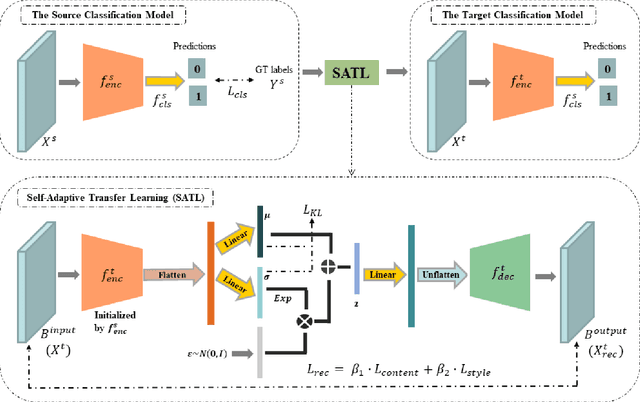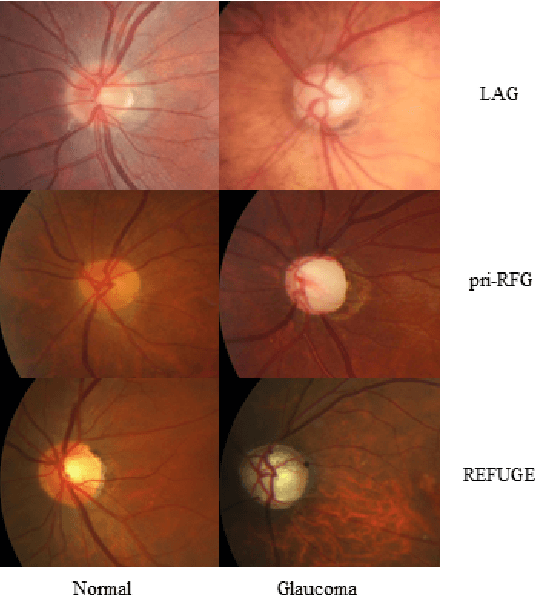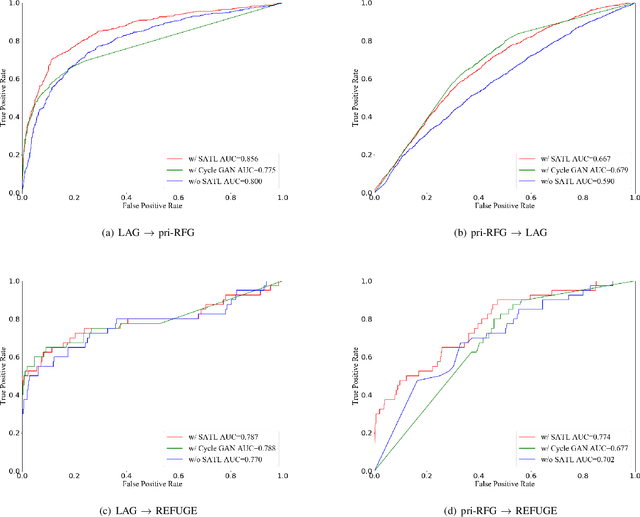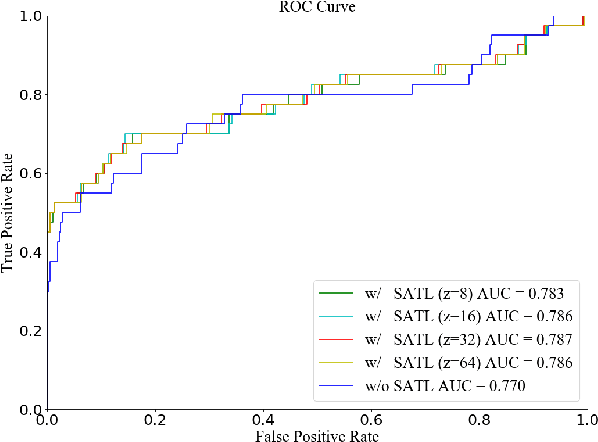Jianwei Xu
Real-time automatic polyp detection in colonoscopy using feature enhancement module and spatiotemporal similarity correlation unit
Jan 25, 2022Abstract:Automatic detection of polyps is challenging because different polyps vary greatly, while the changes between polyps and their analogues are small. The state-of-the-art methods are based on convolutional neural networks (CNNs). However, they may fail due to lack of training data, resulting in high rates of missed detection and false positives (FPs). In order to solve these problems, our method combines the two-dimensional (2-D) CNN-based real-time object detector network with spatiotemporal information. Firstly, we use a 2-D detector network to detect static images and frames, and based on the detector network, we propose two feature enhancement modules-the FP Relearning Module (FPRM) to make the detector network learning more about the features of FPs for higher precision, and the Image Style Transfer Module (ISTM) to enhance the features of polyps for sensitivity improvement. In video detection, we integrate spatiotemporal information, which uses Structural Similarity (SSIM) to measure the similarity between video frames. Finally, we propose the Inter-frame Similarity Correlation Unit (ISCU) to combine the results obtained by the detector network and frame similarity to make the final decision. We verify our method on both private databases and publicly available databases. Experimental results show that these modules and units provide a performance improvement compared with the baseline method. Comparison with the state-of-the-art methods shows that the proposed method outperforms the existing ones which can meet real-time constraints. It's demonstrated that our method provides a performance improvement in sensitivity, precision and specificity, and has great potential to be applied in clinical colonoscopy.
* This paper has been accepted by Biomedical Signal Processing and Control. Please cite the paper as Xu, J., Zhao, R., Yu, Y., Zhang, Q., Bian, X., Wang, J., Ge, Z., Qian, D., 2021. Real-time automatic polyp detection in colonoscopy using feature enhancement module and spatiotemporal similarity correlation unit. Biomedical Signal Processing and Control 66, 102503
Self-Adaptive Transfer Learning for Multicenter Glaucoma Classification in Fundus Retina Images
May 07, 2021



Abstract:The early diagnosis and screening of glaucoma are important for patients to receive treatment in time and maintain eyesight. Nowadays, deep learning (DL) based models have been successfully used for computer-aided diagnosis (CAD) of glaucoma from retina fundus images. However, a DL model pre-trained using a dataset from one hospital center may have poor performance on a dataset from another new hospital center and therefore its applications in the real scene are limited. In this paper, we propose a self-adaptive transfer learning (SATL) strategy to fill the domain gap between multicenter datasets. Specifically, the encoder of a DL model that is pre-trained on the source domain is used to initialize the encoder of a reconstruction model. Then, the reconstruction model is trained using only unlabeled image data from the target domain, which makes the encoder in the model adapt itself to extract useful high-level features both for target domain images encoding and glaucoma classification, simultaneously. Experimental results demonstrate that the proposed SATL strategy is effective in the domain adaptation task between a private and two public glaucoma diagnosis datasets, i.e. pri-RFG, REFUGE, and LAG. Moreover, the proposed strategy is completely independent of the source domain data, which meets the real scene application and the privacy protection policy.
 Add to Chrome
Add to Chrome Add to Firefox
Add to Firefox Add to Edge
Add to Edge